Concealed carry in cold weather presents unique challenges that can compromise both comfort and accessibility. I’m from Ohio but relocated to Tennessee, so I’ve become accustomed to wearing shorts and T-shirts into November. However, there are still a few months out of the year when jackets and hoodies make an appearance.
When the temperature finally drops and a change in attire is required, concealed carry becomes a different kind of challenge. Typically, the conversation leans towards concealment being easier with layers, and while that is true, those same layers can interfere with your draw, affect your grip, and ultimately slow you down in a time of need. Gloves affect trigger feel, bulky coats can snag on holsters, and extra clothing means slower access when seconds matter.
However, with the right preparation and gear adjustments, you can carry safely and effectively throughout the entire winter. Cold-weather carry is about more than comfort; it’s about adapting your EDC setup to stay consistent and confident no matter the season.
Rethinking Your Layers for Winter CCW
The first step to confidently carrying in cold weather is rethinking how you layer your clothing. In warm weather, drawing from concealment is simple; usually, a single shirt is all that is needed to clear.
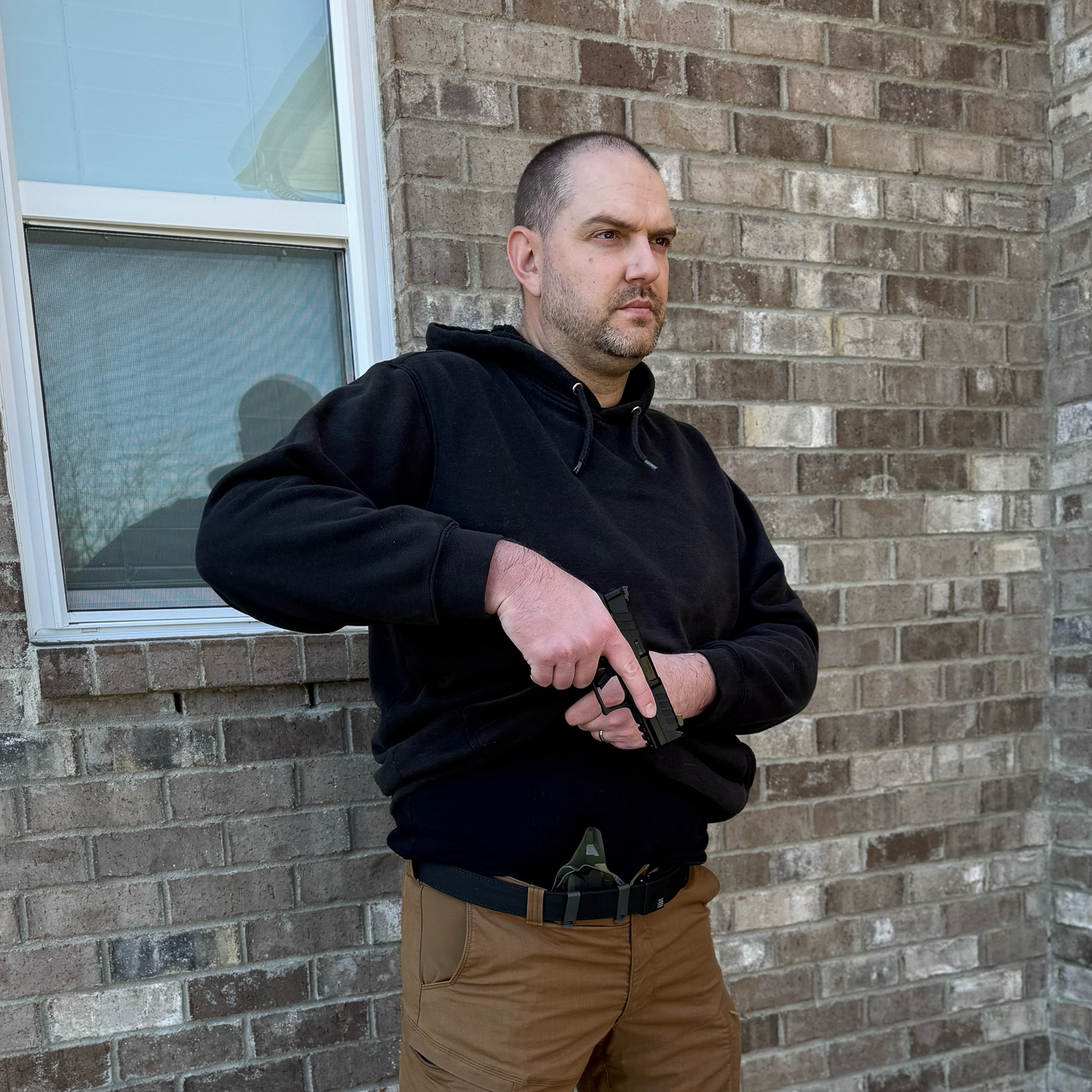
The goal is to keep your handgun in the same position that you’re accustomed to, but avoid burying your concealed carry firearm under multiple thick layers. To achieve this, I’ve found it ideal to wear your holster and pistol over your base layer or mid-layer, then cover them with your sweater or jacket. This allows your EDC to remain concealed without having to clear multiple layers when drawing.
Avoid carrying inside thick or fuzzy fabrics like fleece, sherpa, or heavy knits that can catch on your holster or grip. Additionally, drawstrings, inner cords, and extra loose fabric can all get pulled into your holster when you reholster. So, before you head out, take a moment to check the area around your holster for anything that could interfere with your draw.
Finding the Right Gloves
Few things make handling a firearm harder than thick winter gloves.
The best solution is to choose gloves that strike a balance between insulation and mobility. Avoid those bulky ski gloves or work gloves that make it difficult to feel the trigger or manipulate your firearm’s controls. You don’t need “tactical” gloves by any means, but finding a pair that are not overly bulky and still allow for slide, trigger, and safety manipulation is key.

Whatever gloves you choose, make sure you practice with them on. Don’t wait until you’re in a life-or-death situation to discover that your trigger finger won’t fit in the trigger guard or that you can’t properly hit the magazine release to reload. Practice drawing, shooting, reloading, and reholstering.
I’ve found my favorite gloves to be a basic pair from Cabela’s. They are thin enough to draw and shoot with, yet still warm, and they have technology-friendly finger tips that allow you to use your phone with them. Unfortunately, they are no longer offered. However, I am sure you can find something similar.
Adjusting Gear and Carry Position
Cold weather is also the perfect time to evaluate your overall gear setup. If you’re like me, you already prioritize having a low-profile IWB holster year-round, but in winter, consider adjusting your ride height to make drawing easier with gloves. By having your holster sit slightly higher than usual, drawing will feel more natural with gloves on, and it will still be easy to conceal thanks to your additional layer(s). It’s also critical to ensure your EDC belt is sturdy enough and capable of managing a larger-framed pistol if need be.
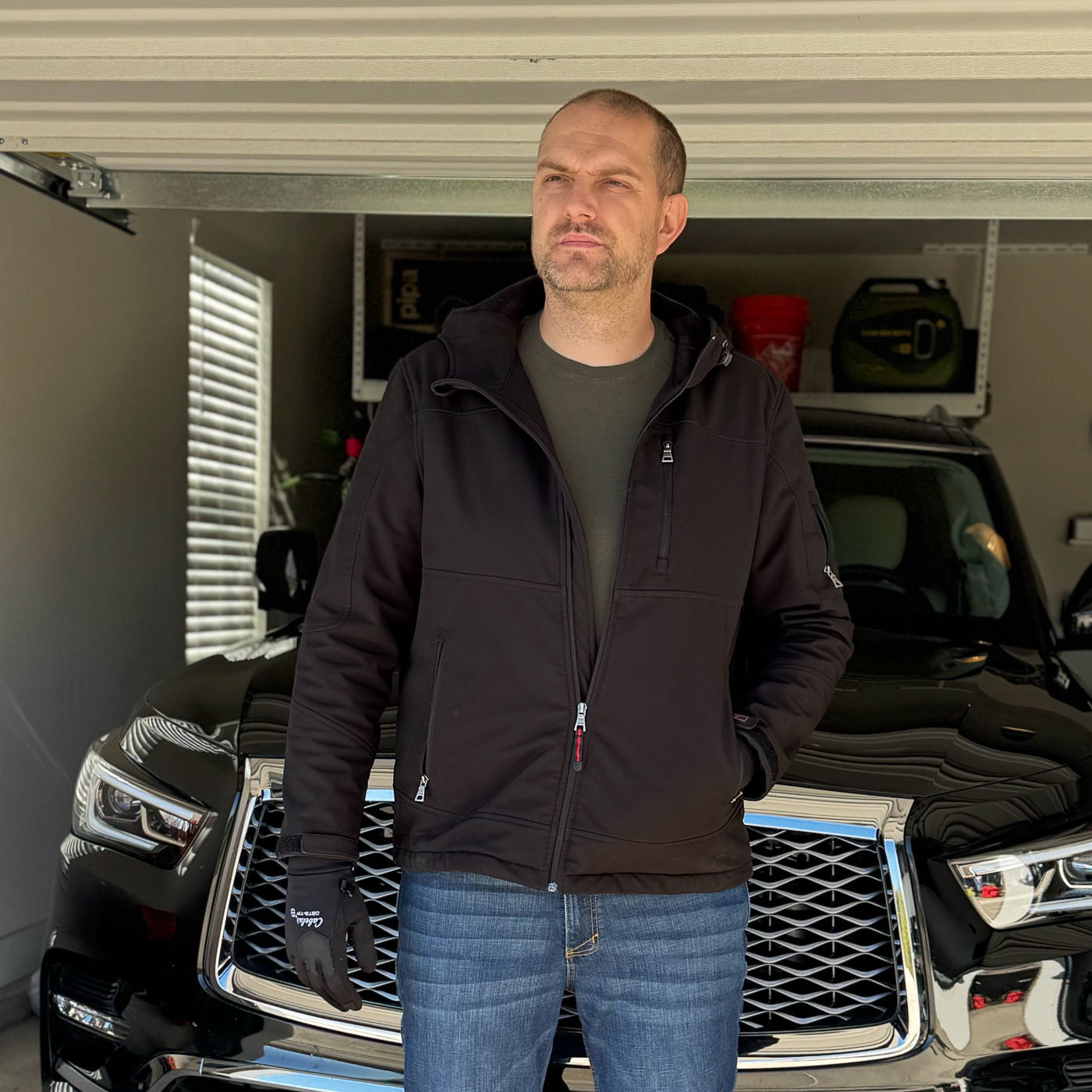
Some people even switch to an OWB holster if their outerwear of choice is a loose jacket. However, I would urge you to take a few extra seconds before walking out the door to ensure your gun and holster are still “concealed” within the jacket. Regardless of how comfortable you are with carrying, the general public can sometimes feel differently, and you don’t want to cause a scene at Target.
The type of jacket you wear also matters more than most people realize. Outerwear with large zippers or magnetic fasteners is easier to manipulate with cold hands or gloves. Many carriers choose jackets with breakaway or dual zippers that can be quickly opened with one hand.
Mastering the Cold-Weather Draw
I know I hinted at it already, but drawing from concealment, either in the cold or wearing cold-weather gear, requires deliberate technique and practice. You can’t just lift your T-shirt anymore.
If your outerwear is zipped or buttoned, leave it partially open for faster access. A slightly open jacket is a small trade-off for faster reaction time if you ever need to draw under pressure.
When reholstering, be intentional. Bulky or loose clothing can easily sneak into your holster without realizing it, and with gloves on, you might not feel it. Always confirm visually or by touch that the holster is clear.
Cold hands can also make you less precise, so extra caution is warranted when handling your firearm in frigid conditions. Safety should always come before speed.
Training for Cold Weather Concealed Carry
No matter how good your setup is, how much you dry fire indoors, or how many scenarios you prepare for in theory, nothing replaces actual practice in your cold-weather gear…in the actual cold!
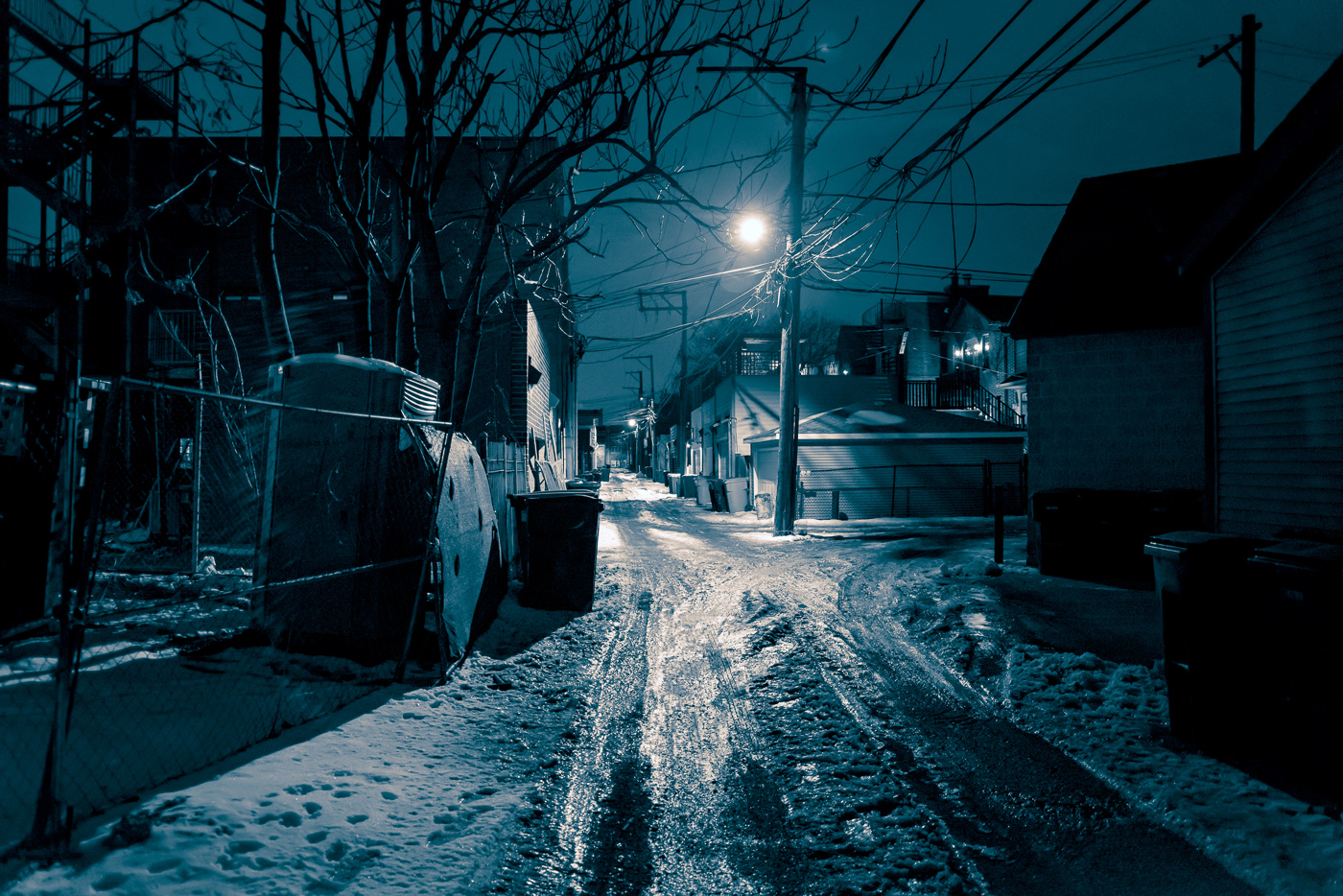
Head to the range dressed exactly as you would for a typical winter day out, granted you have an outdoor range available. You could technically visit your local indoor range as well, but you won’t have the temperature factor playing into your training.
You’ll immediately notice how much more movement it takes to access your firearm and how your timing changes when layers get in the way or your fingers are exceptionally cold.
Time your draws and see how long it takes compared to your warm-weather setup. Remember, though, the goal isn’t just to move fast; it’s to build consistency and safety through repetition.
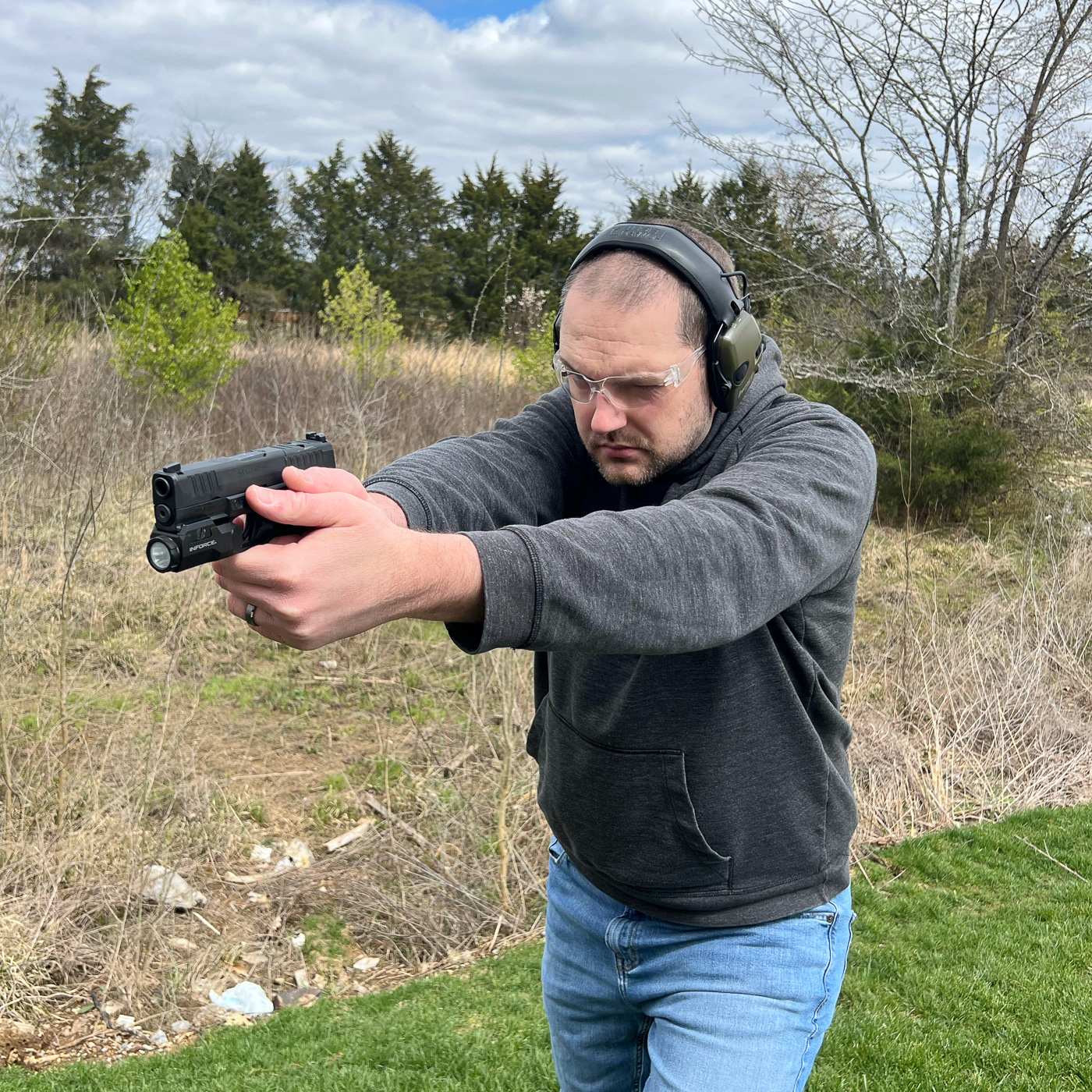
Let’s be honest, though, when life happens and you leave in a hurry, you can easily forget your gloves or zip your jacket in a way that accommodates your gear. To further enhance your training, try to work around “obstacles” such as a fully zipped jacket or extra cold hands without gloves to see how you fare. I highly recommend running these drills with empty magazines first until you’re comfortable. Practicing both gloved and bare-handed draws/reloads/reholsterings can help prepare you for real-life variables, since you never know what situation you might face when carrying in the cold.
Final Thoughts on Cold Weather CCW
Carrying concealed in cold weather isn’t rocket science, but it does require adaptation and training. The added layers, gloves, and cold extremities may slow things down at first, but with a little time and practice, you can build a setup and draw that feels natural even in freezing temperatures.
The key is understanding how your gear, your clothing, and your body work together in the real world. Don’t just prepare for ideal conditions, train for the ones you actually live in. The goal is to stay warm and prepared at all times.
Editor’s Note: Be sure to check out The Armory Life Forum, where you can comment about our daily articles, as well as just talk guns and gear. Click the “Go To Forum Thread” link below to jump in!
Read the full article here

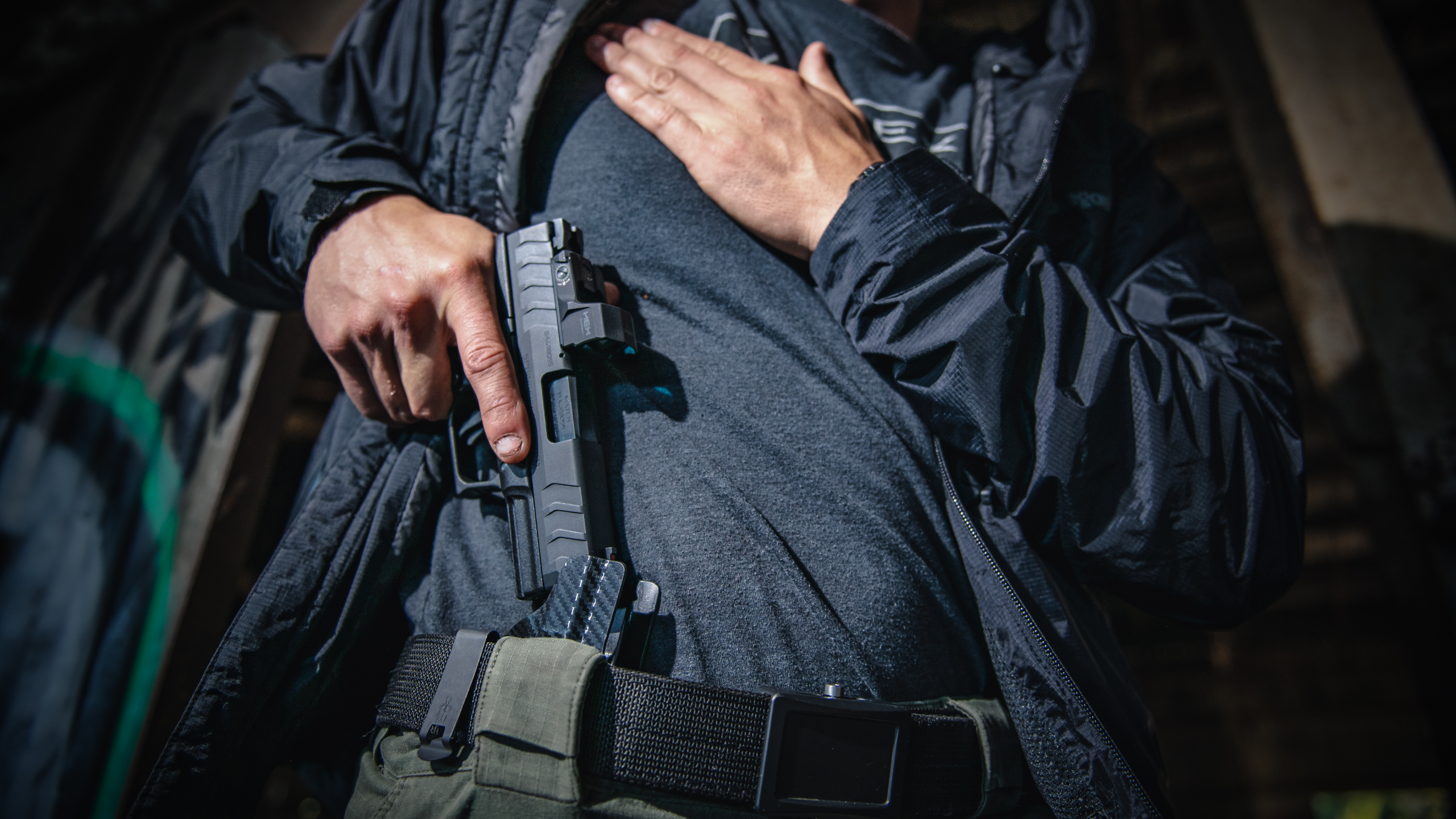




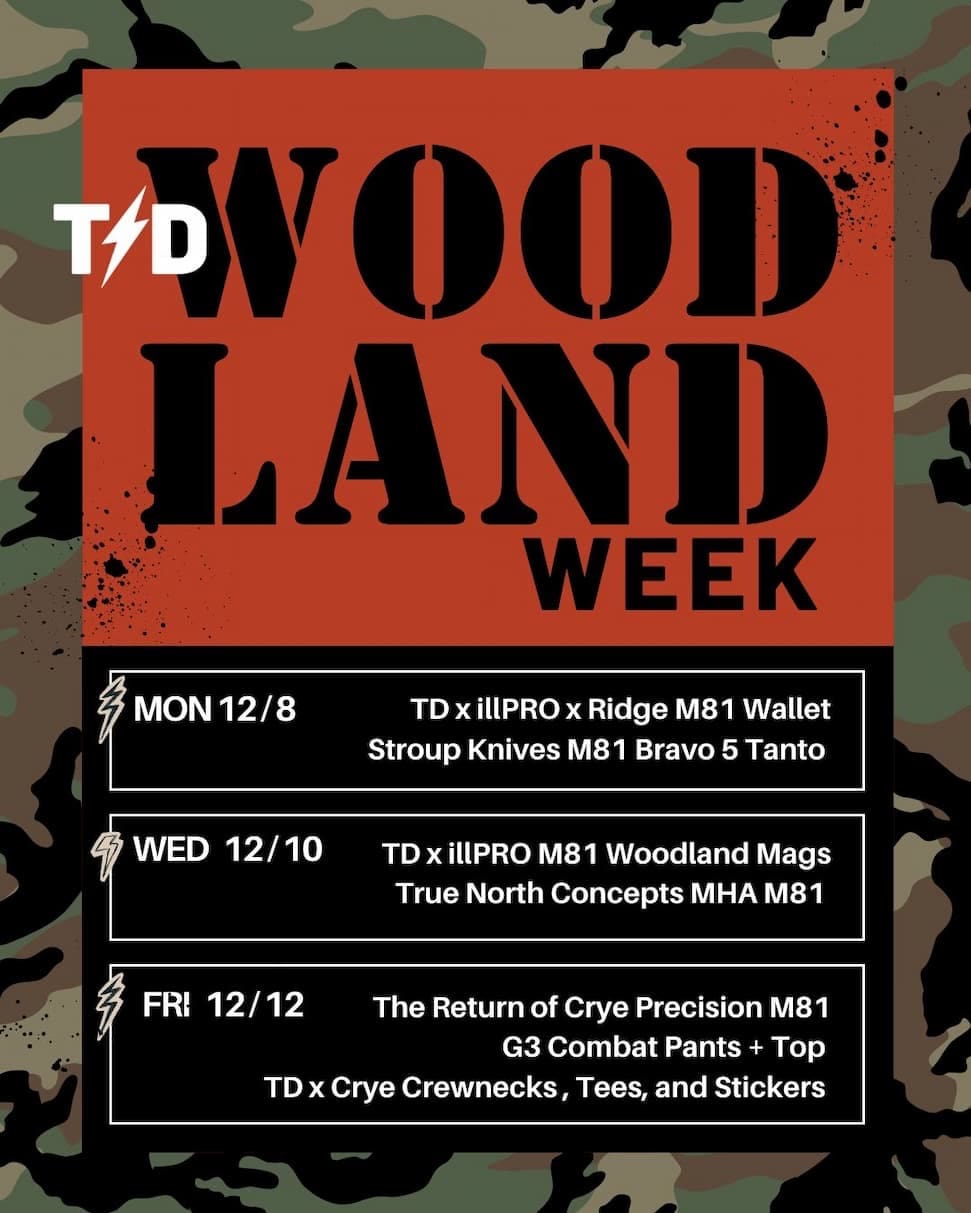
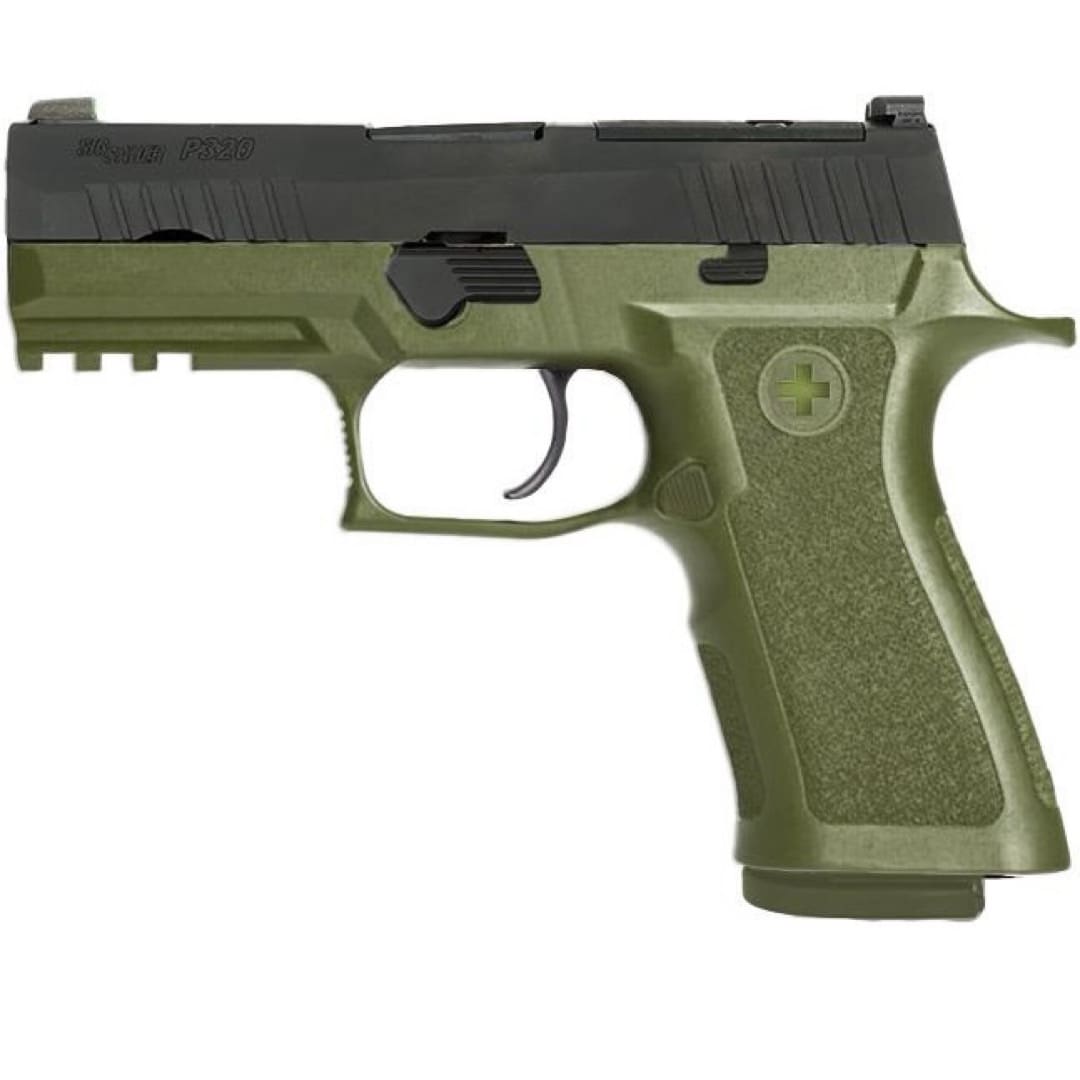
Leave a Reply